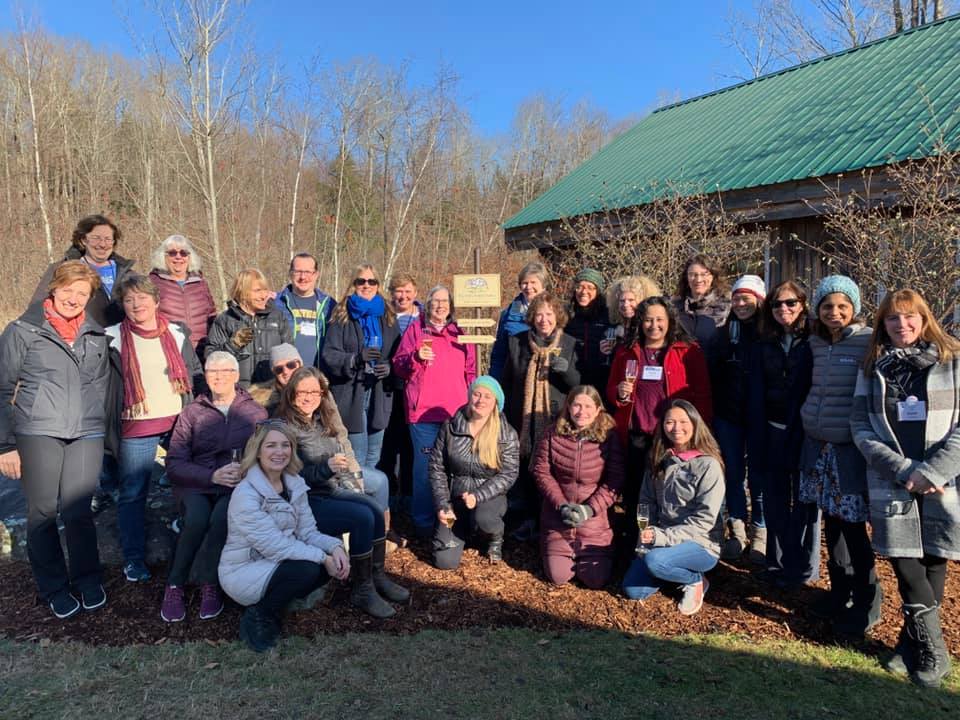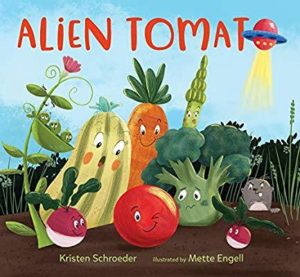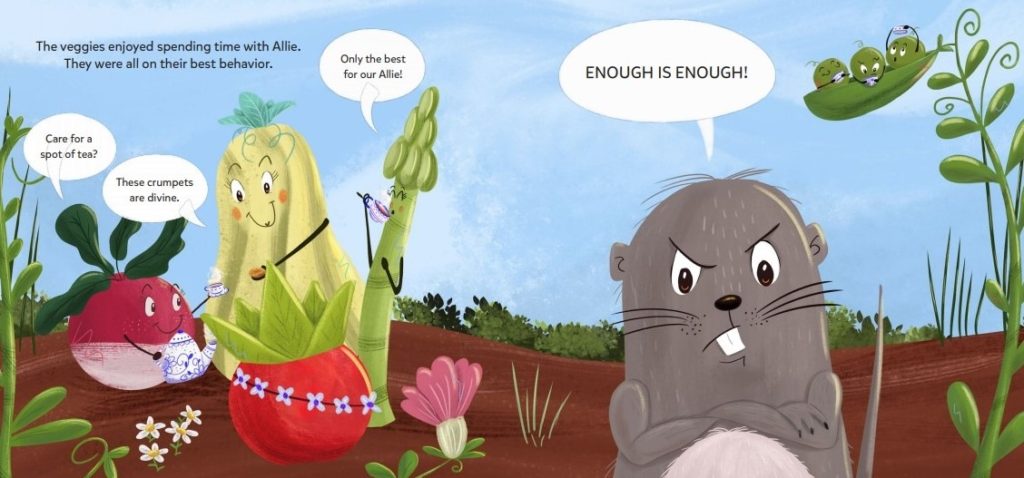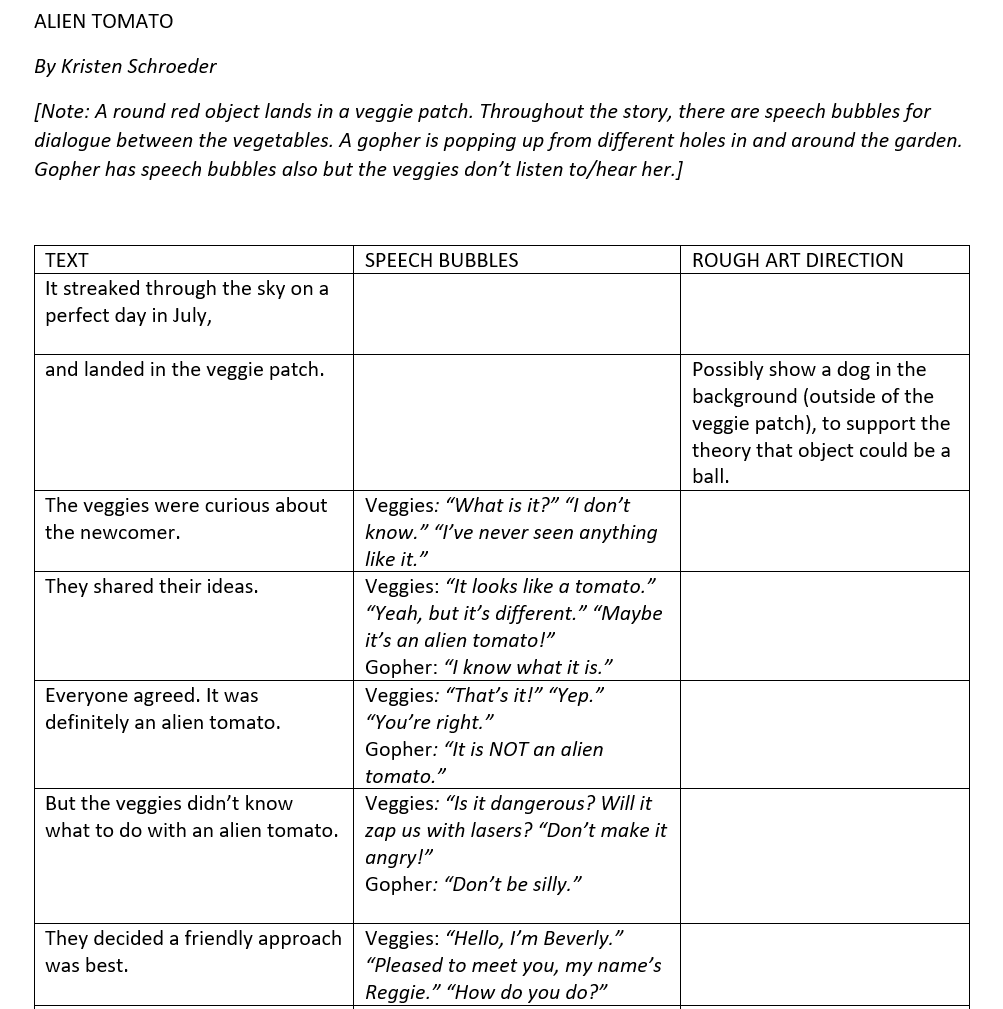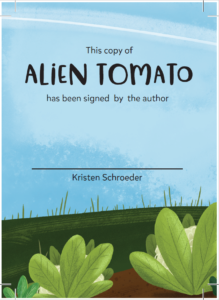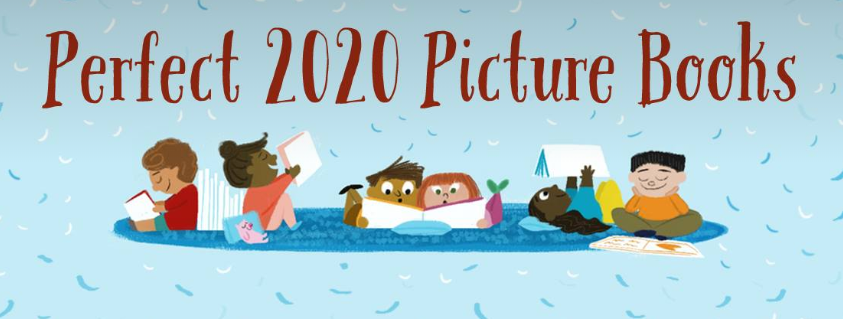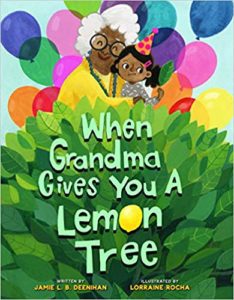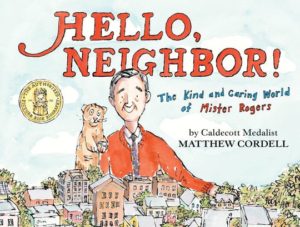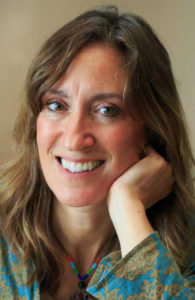 I’ve been posting weekly at OPB for more than two years now, and throughout that time, my kids have been kind of “whatEVER!” about the whole thing. But when they heard that “The Arnie the Doughnut Lady” was swinging by? Wow, they got interested. Over the year, we ruined two copies of Arnie the Doughnut with all our rereading, book-snuggling, etc., so for them, this is the best OPB offering of the century.
I’ve been posting weekly at OPB for more than two years now, and throughout that time, my kids have been kind of “whatEVER!” about the whole thing. But when they heard that “The Arnie the Doughnut Lady” was swinging by? Wow, they got interested. Over the year, we ruined two copies of Arnie the Doughnut with all our rereading, book-snuggling, etc., so for them, this is the best OPB offering of the century.
I admit it—my dad stock has inched a bit higher as a result of this one. I’ll take it!
It helps that I’ve already shared the advance reading copy of Hello, Arnie! with my kids–it’s book five in the series, and it’s a fun fourth-wall breaker. The Kirkus review for it says: “Donut expect this to pass young audiences without causing a sprinkle of giggles.”
If you’d like to know a bit more pre-interview info about author-illustrator Laurie Keller (a.k.a. “The Arnie the Doughnut Lady”), I offer these seven facts:
- has a degree from Kendall College of Art and Design
- lives along the shores of Lake Michigan
- LOVES the movie Waiting for Guffman
- prefers acrylic paint (“It dries fast and covers up mistakes!”)
- perfect day includes roasting vegetarian hot dogs over a campfire on the beach
- searches store bargain bins for ideas (“Well, just because!”)
- trying hard to learn how to play the banjo
Now that we have a clearer sense of how much fun Laurie is, let’s get to the interview and see it all firsthand!
Want to e‑find Laurie? Here are some terrific options:
- Facebook: https://www.facebook.com/lauriekellerbooks
- Instagram: @lalalauriekeller
- Twitter: @LKellerBooks
- Website: https://www.lauriekellerbooks.com
- Wikipedia: https://en.wikipedia.org/wiki/Laurie_Keller
RVC: As much as my kids want me to ask Arnie-only questions, let’s go back to the start of your career for a bit. You weren’t planning to be a writer or an artist, right? Weren’t you studying dance first?
LK: I was in a repertory dance tour company with the local community college and though I considered dance as a major for a while, it was mostly just for fun. I didn’t study ballet (the foundation of most styles of dance) as a kid so I didn’t think I really stood a chance at making it as a professional dancer so, as much as I loved it, I decided not to pursue it.
RVC: You also come from an educator background. Why didn’t you go that route?
LK: I almost did! After my first two years at Kendall College of Art and Design, I left and enrolled at a college that had a great education program, planning on becoming an elementary teacher. I think I would’ve loved that but I was really missing art school and a professor from Kendall talked me into coming back and giving an illustration career a shot.
Since making books involves doing lots of school visits, I feel like I get the best of both worlds.
RVC: That desire to have a career in illustration led you to a job at Hallmark. What did your seven years as a greeting card artist teach you about character and story that would later prove useful in the kidlit world?
LK: I know that a lot of people have the idea that Hallmark artists only paint cute bunnies and flowers—and don’t get me wrong, I love cute bunnies and flowers—but the talent and skills of the creative staff there was through the roof. I learned so much from them—it really was like going to graduate school. When I started making cards for kids a year after I started there, my characters were pretty crude looking but I learned a lot about refining them and making them more appealing.
Then, during my sixth year there, I was in a 4‑month creative workshop where I got to write and illustrate all my own cards. I LOVED being able to create cards from wacky ideas that popped into my head or things that crossed my path (they encouraged us to be as zany as we wanted). It really brought out my sense of humor and it definitely gave me more confidence as far as “putting myself out there” with my writing.
RVC: What was the turning point that got you “putting yourself out there” in terms of picture books?
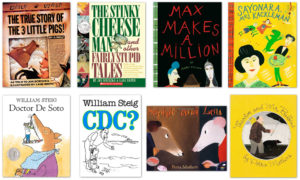 LK: When I got interested in making cards for kids, I started spending lunch hours at a nearby children’s bookstore (The Reading Reptile) looking for inspiration. I was only interested in the illustrations at first but became so enchanted with the stories I read that I started collecting kid’s books and knew that one day I’d love to try writing my own. I was especially inspired by Lane Smith and Jon Scieszka, Maira Kalman, William Steig and Petra Mathers. They all had very different styles of writing—some more dry and irreverent, others more sweet and charming—but they were all funny and engaging in their own right. It helped me to see that there was room for pretty much any style of writing and humor in the children’s book world.
LK: When I got interested in making cards for kids, I started spending lunch hours at a nearby children’s bookstore (The Reading Reptile) looking for inspiration. I was only interested in the illustrations at first but became so enchanted with the stories I read that I started collecting kid’s books and knew that one day I’d love to try writing my own. I was especially inspired by Lane Smith and Jon Scieszka, Maira Kalman, William Steig and Petra Mathers. They all had very different styles of writing—some more dry and irreverent, others more sweet and charming—but they were all funny and engaging in their own right. It helped me to see that there was room for pretty much any style of writing and humor in the children’s book world.
It was years later, when I finished that creative workshop and had to go back to illustrating cards but not writing them, that I got very frustrated and bored, and I’m sure that’s what lead to me writing my first story, The Scrambled States of America.
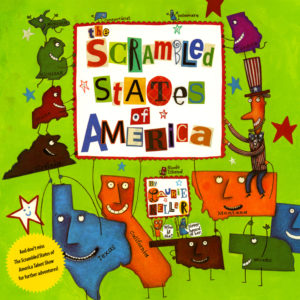 RVC: Publisher’s Weekly loved that book–your first picture book!–as did many critics and reader (including me). How did the idea for that come about?
RVC: Publisher’s Weekly loved that book–your first picture book!–as did many critics and reader (including me). How did the idea for that come about?
LK: It sounds so silly but one night, while falling asleep, some little states with arms and legs and faces popped into my head. The next morning I remembered that and thought “Hey, maybe I could make a book using states as characters to help kids learn about U.S. geography in a fun way.” I didn’t know if I’d seen that in a book somewhere so I asked some of my fellow book collector friends if they’d seen that and none had so I dove into writing it. I would work at Hallmark all day then come home and write into the wee hours every night until I finished it—I was obsessed!
RVC: How much input did you have when Gamewright made a game of your scrambled states book (which is an odd but very cool thing to happen to a picture book)?
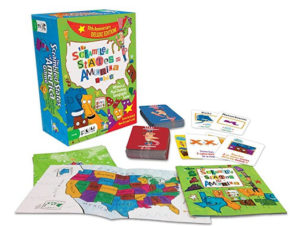 LK: Gamewright contacted Henry Holt expressing interest in turning Scrambled States into a game and wondered if I had any ideas for how it could work. I didn’t AT ALL and was so surprised that they even saw potential for a game. They came up with the entire idea and it’s so much fun to play, very fast-paced and educational. They ended up making a puzzle version of it, too.
LK: Gamewright contacted Henry Holt expressing interest in turning Scrambled States into a game and wondered if I had any ideas for how it could work. I didn’t AT ALL and was so surprised that they even saw potential for a game. They came up with the entire idea and it’s so much fun to play, very fast-paced and educational. They ended up making a puzzle version of it, too.
RVC: The Scrambled States of America was purchased by Christy Ottaviano (here’s her 2020 interview with us), and I see that her imprint’s doing Hello, Arnie!, the new Arnie book which comes out in a few weeks (September 2020). What do you like most about working with Christy and her team?
LK: Besides Christy’s minty-fresh breath, do you mean?
RVC: Yep. That’s a total given!
LK: Well, from day one, she was so warm and friendly and we became fast friends. I thank my lucky stars all the time for being able to work with Christy. And as smart and business-savvy as she is, she’s also very creative and understands how everyone’s writing process is completely different. She doesn’t get annoyed as I constantly make changes to my stories until the last possible second. And to top it all off, she’s got a goofy sense of humor and is just a whole lot of fun!
RVC: From the interview I did with her here, I totally agree. So much fun!
And speaking of fun, your books feature a lot of wordplay. What’s your process for creating and honing that level of pun fun?
LK: Sometimes I have a few ideas for jokes and silly asides when I start writing. Some of it comes as the story develops and I get to know the characters’ personalities better. But when I get to the illustration part, that’s when most of the jokes pop into my head (especially when it’s late and I’m tired and punchy).
I used to think those ideas were completely random, though I now think my brain is working things out unconsciously and shoots them on over when they’re ready. I’m sure it’s a nightmare for Christy and her team because, like I said, I’m constantly rewriting and making changes until they finally take it away from me. As far as the puns, I’m a punster by nature, probably to the annoying point if you asked my remaining friends–the ones who haven’t left because they’re sick of my dumb puns, that is!
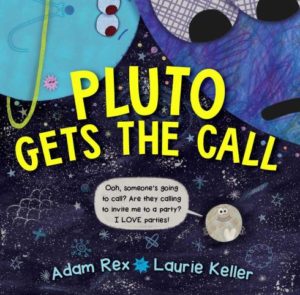 RVC: You illustrate books for others (such as the Marty Frye, Private Eye books and Pluto Gets the Call). How different is the process of working with another’s text versus handling all story aspects on your own?
RVC: You illustrate books for others (such as the Marty Frye, Private Eye books and Pluto Gets the Call). How different is the process of working with another’s text versus handling all story aspects on your own?
LK: It takes me longer to loosen up when I’m illustrating someone else’s book; I get so nervous because I want the author to like what I do and I don’t want to blow it! The illustrating process (once I get over my nervousness) is more streamlined because I’m not going back and forth editing my story while I illustrate like I do with my own. Most times, the publisher and author have asked me to add little jokes and asides like I do in my books, and as strange as it feels at first to add words to someone’s story, I always have fun doing that.
RVC: You’re ranged far and wide with your topics. Manners. Doughnuts. Smiling. Geography. Teeth. Numbers. What’s next for you?
LK: I illustrated a book for Joan Holub called I Am the Shark. It’s about sharks. I’ll soon start illustrating a companion book called I Am the Bear. Oddly enough, it’s also about sharks. No wait, it’s about bears.
RVC: I’m sure the marketing folks at the press are super-happy that’s the case!
LK: I’m also in the idea-generating process for whatever it is I’ll be writing next. I have picture books in mind, of course, but I’m considering writing books for other age groups as well.
RVC: We loved having you with us, Laurie, but we’ve never had the chance to feature a doughnut here before. Are you open to letting us wrap up this interview with a Q&A from your pastry-bestie?
LK: Thanks for chatting, Ryan! And thank you for asking to interview Arnie–he’s been interrupting me the entire time wanting to get in on it!
RVC: Arnie, it’s time for THE LIGHTNING CHALLENGE! Sprinkle-sweet questions and sugary-good answers, please! Are you ready?
Arnie: I was MADE ready, Ryan!
RVC: Top three items on your bucket doughnut-box list?
Arnie:
1) to set a Guinness World Record for ROLLING around the world
2) to audition for Cirque du Soleil’s show, “O” (I haven’t seen it yet but since it has a doughnut for the title, I figure I’m a shoo-in. And I’m very bendy.)
3) to win “BEST IN DOUGH” at the Westminster Dog Show (I’m a doughnut-dog now, you know)
RVC: A secret talent you have that no one would expect?
Arnie: Charming the ladies.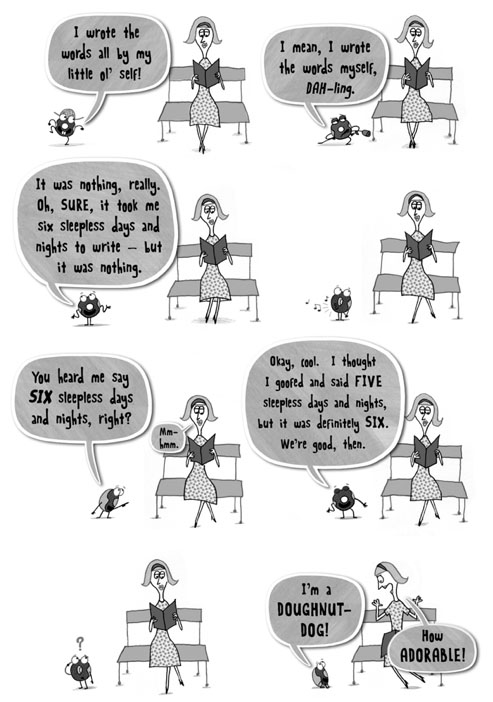
Arnie: I’m also great at hot do-ga. Your probably know it as hot “yoga.”
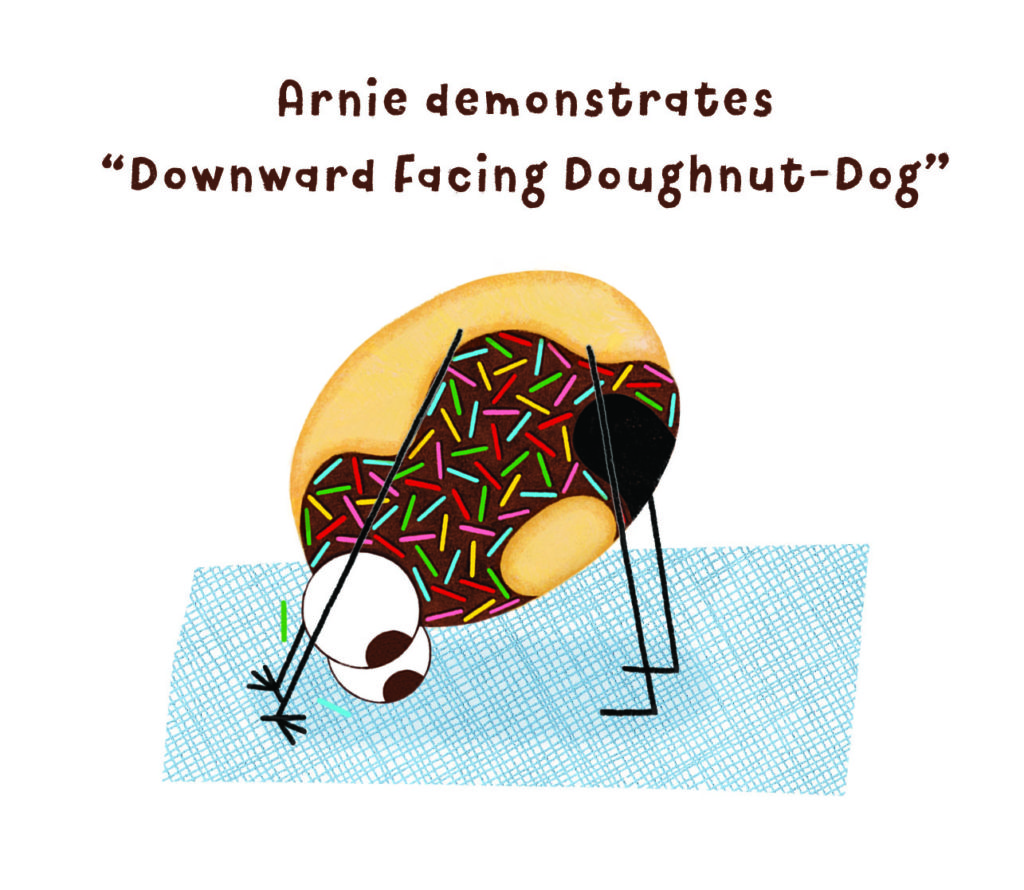
RVC: If you weren’t a full-time picture book star, you’d be…
Arnie: I’m a song and dance doughnut, Ryan. I’d love to be the star in a big show with lots of sprinkles! I’ll tell you what I WON’T be doing and that’s being a picture frame, pincushion, or air freshener like Mr. Bing suggested!
RVC: Favorite non-doughnut picture book of 2019?
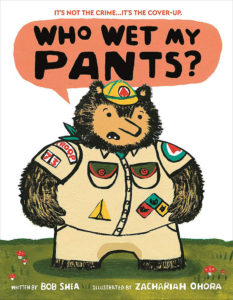 Arnie: Who Wet My Pants? by Bob Shea and Zachariah OHora. I laughed so hard my sprinkles were popping off! (I read Laurie Keller’s copy—don’t tell her, she gets all, “Stop getting frosting and sprinkles on the pages, Arnie!”)
Arnie: Who Wet My Pants? by Bob Shea and Zachariah OHora. I laughed so hard my sprinkles were popping off! (I read Laurie Keller’s copy—don’t tell her, she gets all, “Stop getting frosting and sprinkles on the pages, Arnie!”)
RVC: True or false: you have the same number of sprinkles in every book.
Arnie: TRUE! 135 of them to be exact! Laurie Keller counts them to make sure she does it right. The only time she doesn’t count them is if I’m really small on a page or if only part of me is showing or on the RARE OCCASION that I flip my lid and my sprinkles start flying around. Poor Laurie gets tired of painting sprinkles though and I heard her say once that she wishes she’d made me a plain doughnut.
A PLAIN DOUGHNUT, RYAN! Can you imagine?
I get nauseous just thinking about it.
RVC: How did you first meet Laurie?
Arnie: I was visiting a friend in NYC who lived next door to her and we met on the elevator. She gave me her card and asked if she could make a book about me. I knew it was only a matter of time before someone approached me about it.
RVC: Why is Laurie the best person to help you tell your story?
Arnie: She really gets all of us “inanimate objects,” I guess. She knows that we have feelings, hopes, and dreams just like anyone else does. Plus she likes my corny jokes. I’m a pun-bun at heart.
RVC: Your favorite line from any of your books?
Arnie: That’s a dough-brainer, Ryan…it’s my signature song, ”DOUGHNUT MAKE MY BROWN EYES BLUE”.
RVC: Thanks so much, Arnie (and Laurie, too)! I had a great delicious time!
Arnie: Thanks for having us, Ryan!
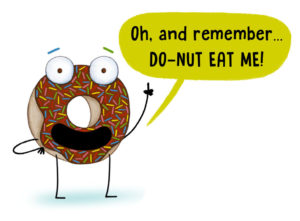




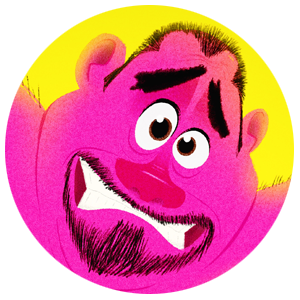
 This month’s Industry Insider Interview is an interesting one because our interview subject, Kaitlyn Sanchez, can come at picture books from so many angles.
This month’s Industry Insider Interview is an interesting one because our interview subject, Kaitlyn Sanchez, can come at picture books from so many angles.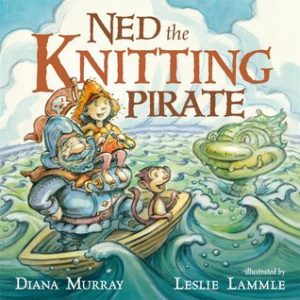
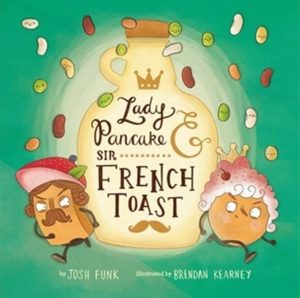
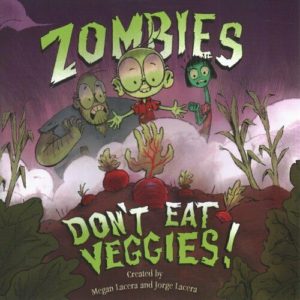
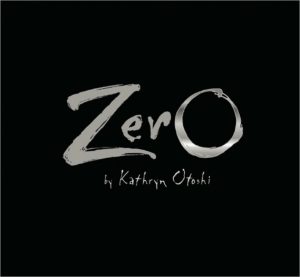
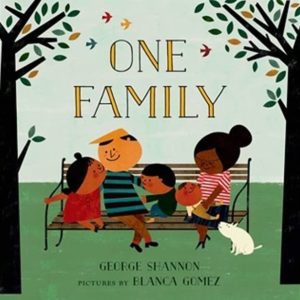
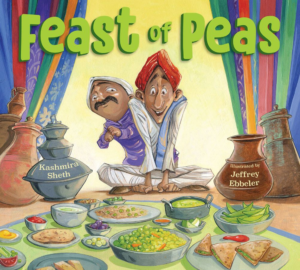
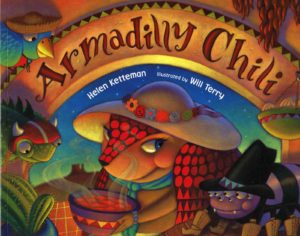
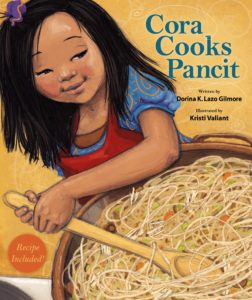
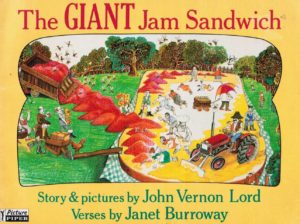
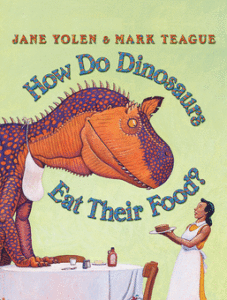
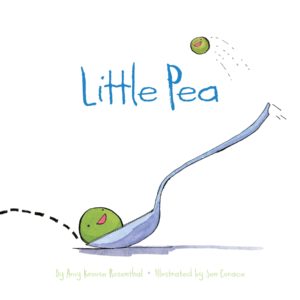

 It’s always a treat to be able to showcase the work of a debut picture book author, and with this month’s Author Interview, that’s what we’re doing. Minnesota author Kristen Schroeder’s first book,
It’s always a treat to be able to showcase the work of a debut picture book author, and with this month’s Author Interview, that’s what we’re doing. Minnesota author Kristen Schroeder’s first book, 